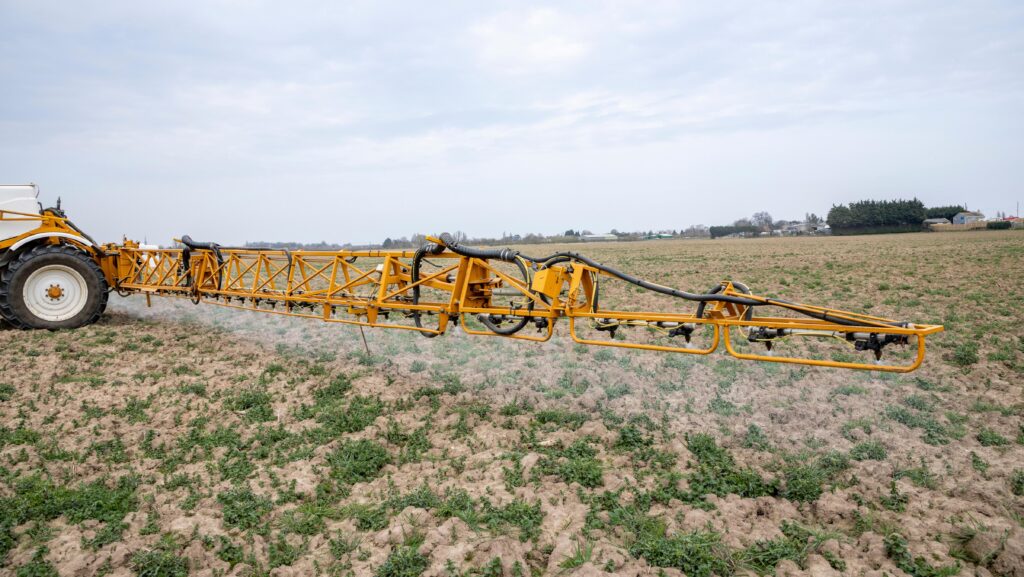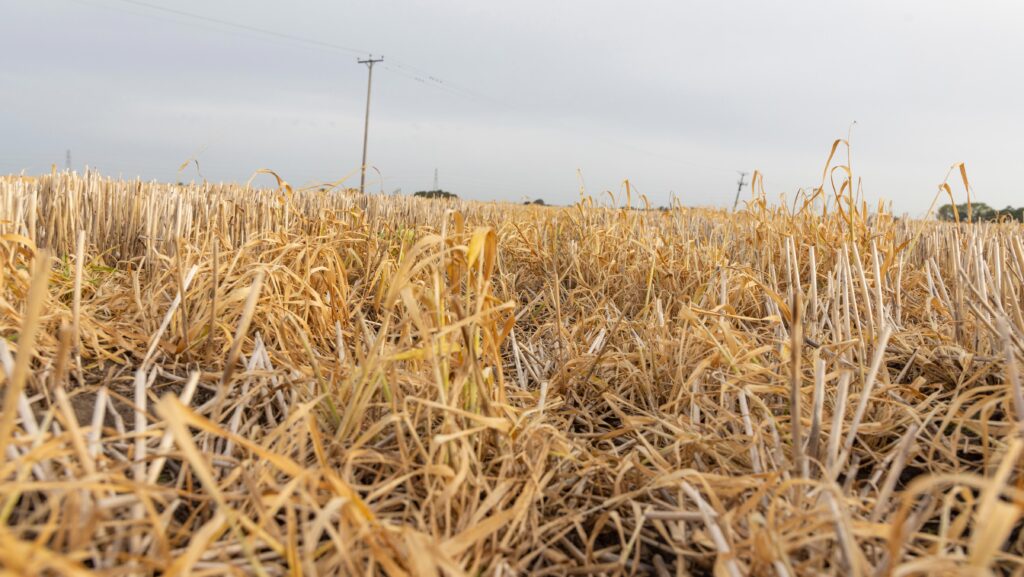How healthy soils and glyphosate use can work together
 © GNP
© GNP The use of glyphosate in a sensible and well-planned way can be positive for soil health and structure, research suggests.
It’s a question that often gets asked – is it possible to use glyphosate without affecting soil health? Or would it be better to use cultivations?
The answer, says Prof Andy Neal, soil microbiologist at Rothamsted Research, is that it’s important to understand what influence both actions have on the soil, so that the most appropriate technique can be used.
See also: How to get the best out of IPM3 companion cropping in SFI
He points out that tillage can be an issue for soil health and is linked to soil degradation. “We know that it reduces soil organic carbon and destroys soil structure, so anything that can alleviate that – such as the strategic use of glyphosate instead – may be helpful.”
Trade-offs
That doesn’t mean using glyphosate every year, he notes, but in a way that helps to preserve soil function and alleviate other problems.
“There are trade-offs where we don’t use glyphosate and adopt other techniques, so they need to be understood.”
Andy highlights work done at FarmED which is looking at the inclusion of four-year grazed herbal leys in a cereal rotation.
The soil structure that had built up over the four year period was affected when the ley was terminated by cultivations, with lots of pore space lost.
“The field went back into wheat and then the measurements were taken, which showed the full impact of ploughing.
“Glyphosate use would have helped to keep that structure, as it would have minimised soil disturbance.”
Either way, the most important thing is to have a soil that’s in the best possible state, he adds.
Soil organic matter
“Soils that are low in organic matter have very little porosity and connectivity. So getting organic matter into them is key for optimal soil function.”
In contrast, soils with a high organic matter content are more porous and contain more oxygen, as well as having better nutrient use and a greater water holding capacity, reports Andy.
That matters when it comes to glyphosate use, as the herbicide is broken down both aerobically and anaerobically, with the aerobic route being much faster.
“The two processes have different rates of degradation. So having a soil with lots of oxygen availability helps the soil microbiology to break it down rapidly, or deal with it.”

© GNP
Pore space
A farm trial conducted at Brewood Park Farm in Staffordshire, on a soil that hadn’t been cultivated for 14 years, found no trace of glyphosate just one month after its application.
That applied to both no-till and a shallow 5cm cultivation – the latter initially increasing pore space, before a gradual loss of pore size was recorded.
“This suggests that the rate of glyphosate breakdown can be manipulated, but you need to get organic matter into the soil first, as you must have oxygen present.
“If your soil is in the appropriate state to apply glyphosate, it should cope with it better, and then it’s less likely to persist.”
Soil microbial communities
Soil microbiology has also been studied, with 36 studies showing there was no significant change in microbial biomass due to glyphosate use.
The arrival of metagenomic sequencing has allowed microbiologists to study whole soil communities, rather than individual micro-organisms, he notes.
“Other management has a far greater effect, as does the year, on these communities, according to work mostly done in the USA.
“So, for example, the crop being grown or the weather, has a greater influence than glyphosate applications do.”
Andy’s final point is that there is very little known about soil microbial function when glyphosate is applied. “That’s something that we would really like to investigate.”
Andy Neal was speaking to Farmers Weekly at The Green Farm Collective’s open day, held in Shropshire last month, to share the latest thinking on improving soil, plant and animal health in order to produce more sustainable food.

